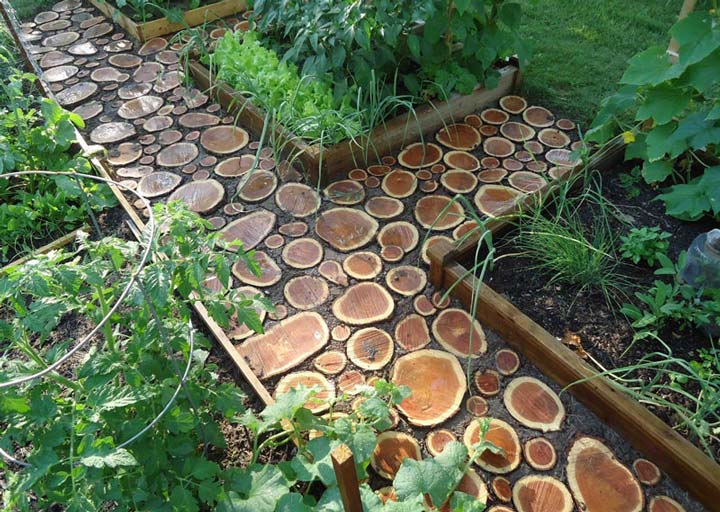
Walkways are a key part of almost any landscape.
Check out our walkways and garden paths for some great ideas and tips and then read our guide to designing your own walkway:
Design a Walkway or Garden Path
Walkways and paths are a part of almost any landscape, but they don’t always get the attention they deserve. The way a walkway is designed can have a major impact on your landscape. If you need to design a walkway or path, take some time to understand your options. Let’s start by taking a look at what walkways are all about.
What are walkways for?
This question seems harmless enough, but the answer is not as straightforward as it may seem. The primary purpose of walkways is to give a sturdy surface to high traffic areas. Without a walkway surface, foot traffic would erode the ground and eventually leave a path of dirt (or mud!). Of course, nobody likes a muddy path, but there are many other reasons to install a walkway.
Here are a few:
- Define a border
- Direct foot traffic in a preferred direction
- Add visual interest to the landscape
- Draw people into a garden or landscape
- Introduce a hardscape material into a garden
Sometimes walkways are introduced purely for their aesthetic value. The stone (or othersurface) of a walkway can provide a valuable contrast in the landscape. Garden paths can also be used to introduce curves and draw the eye to parts of a garden that might otherwise go unnoticed.
Design your walkway from the beginning
As always, you need to define a goal for your walkway. Is the purpose of your walkway just to protect the grass from being trampled? Will it add aesthetic value to your yard? Will it have any other purpose? Ask yourself these questions before going forward. Don’t underestimate the impact of a well-designed walkway. Most homeowners don’t put enough thought into paths and walkways and they miss a great opportunity to enhance their landscape.
Lay it out
Once you understand what you want from your walkway, go ahead and lay it out. You can practice with lengths of garden hose. When you’re laying out your design, think about who will use your path and how they will use it. If it’s a high traffic walkway, you might want it wide enough to accommodate two or more people walking side by side. Garden paths can be narrower. If your walkway is the main entrance to your home, make it generously wide – 48 inches ( 1.2 meters) at a minimum. Most pathways look better with curves, but this depends on the design of the surrounding home and landscape.
Here are some things to keep in mind:
Be aware of the spaces you are creating with your walkway. A walkway will divide your yard in some way. Make sure you don’t create awkward spaces with this division.
Keep your goal in mind. High traffic walkways should be wider and more direct than garden paths. No one wants to carry groceries down a garden path! Scenic paths can be thinner and more winding. They should show off their surroundings.
If you live in a climate with a cold winter, think of how your walkway will fare in the snow and icy conditions.
Make sure your path compliments your landscape and home design. The lines of your walkway should reflect the lines present in the rest of your landscape. If you’re not sure what’s best, it’s usually safe to go with shallow sweeping curves. Steer clear of straight lines or dramatic curves unless you’re sure they’ll fit into your landscape.
Try laying out your walkway several different ways and see which way feels best. Once you’ve got it down, mark both edges with marking paint and live with it for a few days. This will give you a chance to see how it works.
Most homeowners decide to put in a walkway because they need to replace an existing one, or they need access to a specific part of their yard. If you have a large garden, you could consider adding a path or walkway to add interest and contrast. Walkways draw people into a garden and make a great focal point even if they are never used.
Materials
There are several different materials to choose from when designing a walkway or path. For main entrance and very high traffic walkways, use firm, subtle materials. Materials like loose gravel and whimsical designs work well for garden paths, but don’t usually work for main entranceways.
Some Tips
Once you’ve chosen your material and pattern, you’re ready to install. Take time to decide on your material pattern, it will make a big difference in the look of your walkway. Another trick to designing pathways is to use the edges of your surface to make a statement. If you want to create a formal look, give your walkway crisp edges (or maybe a border in your pattern) and leave the edges exposed. If you want to create a lush, more romantic look, plant along your path and let the plants cover the edges of your walkway. This gives the impression of the walkway “floating” through the landscape.

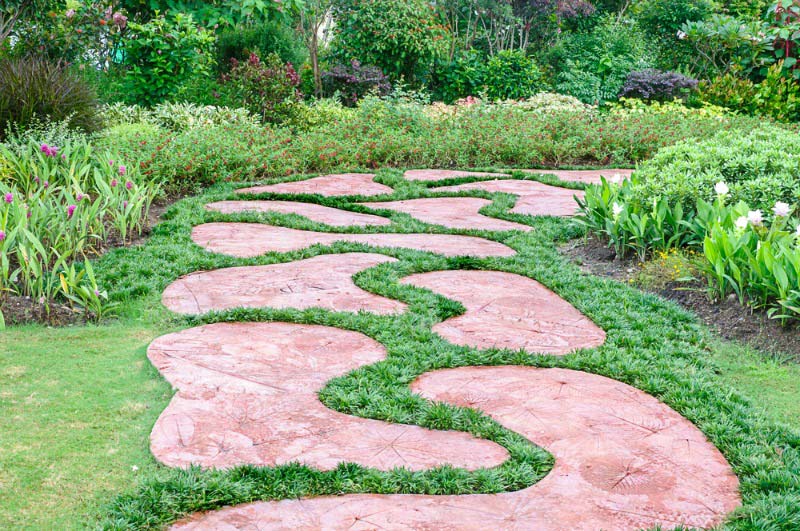
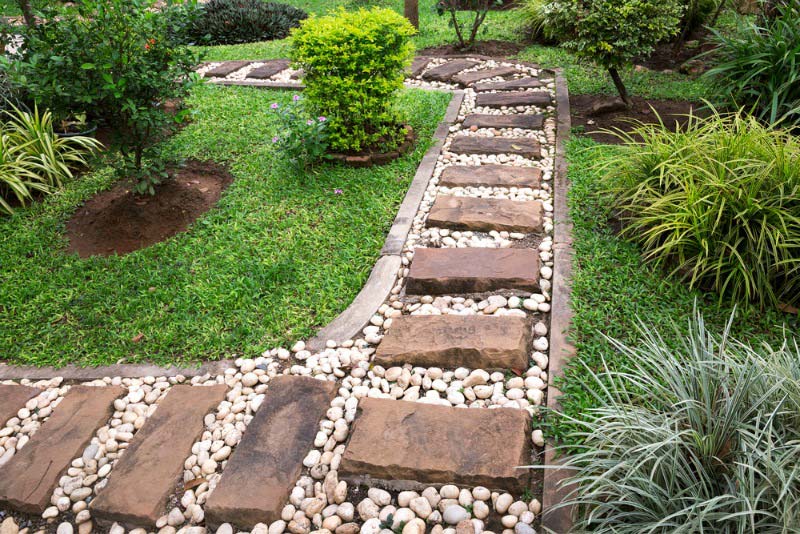
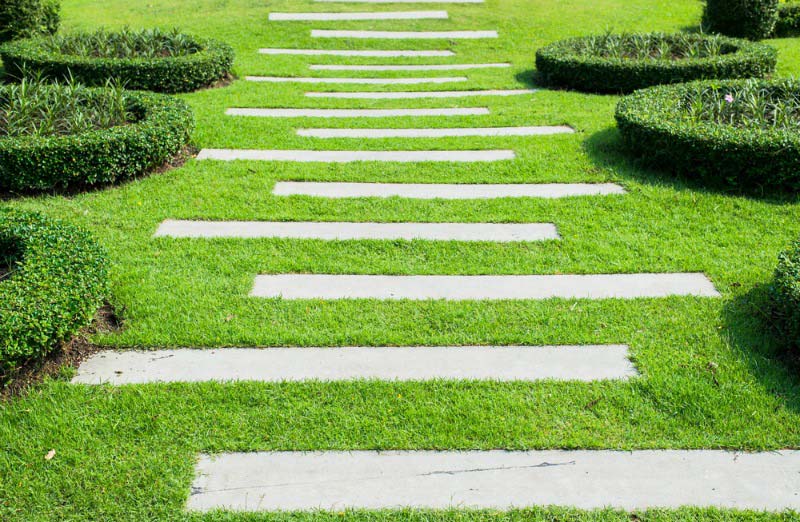
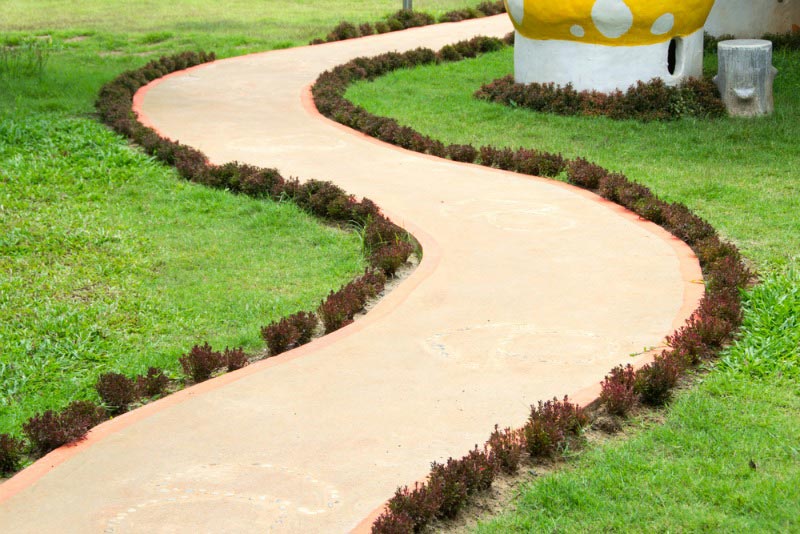
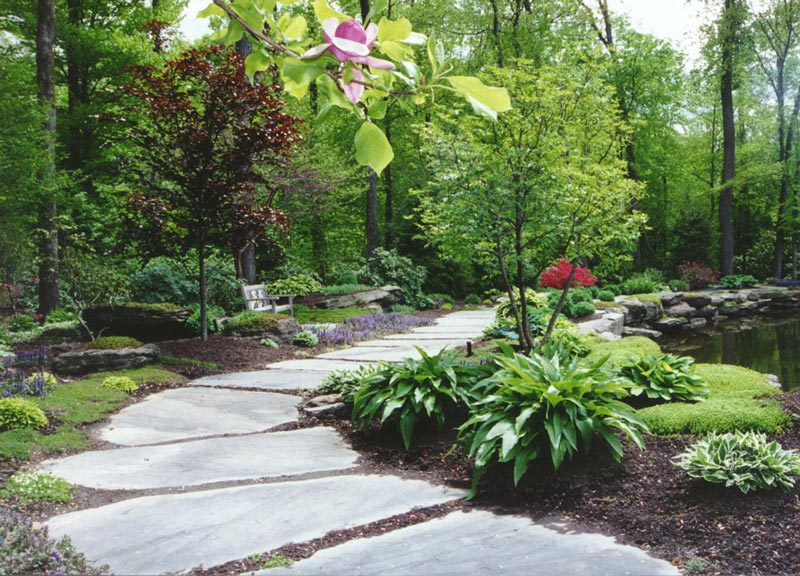

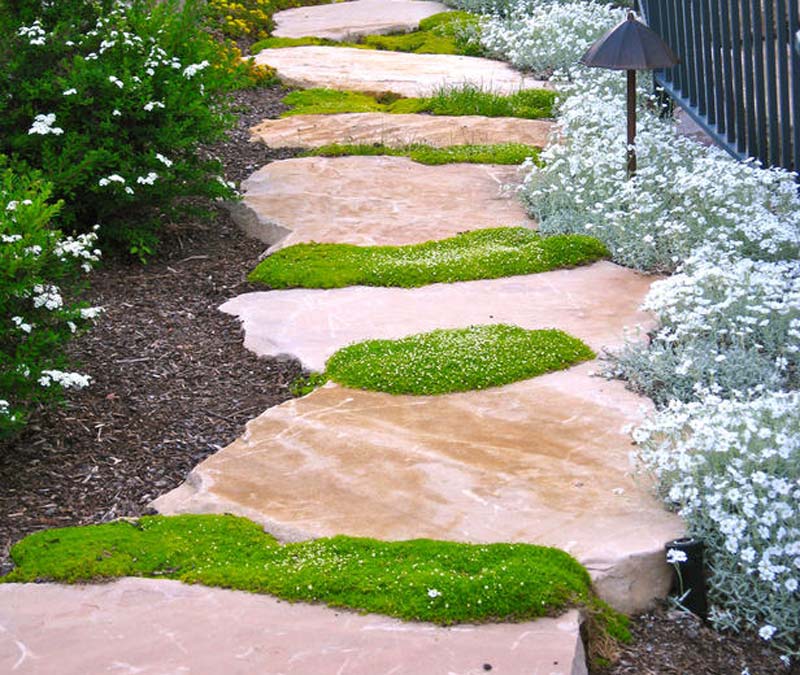
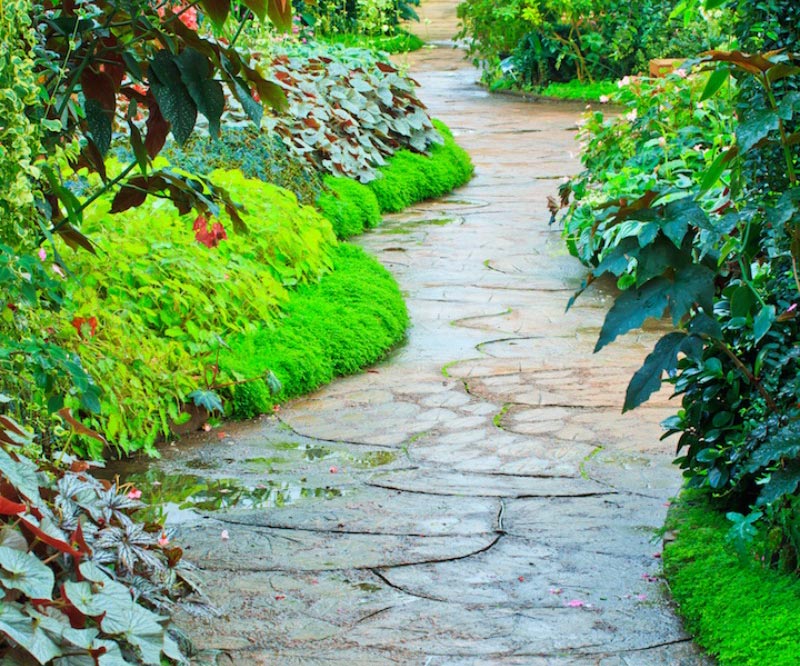
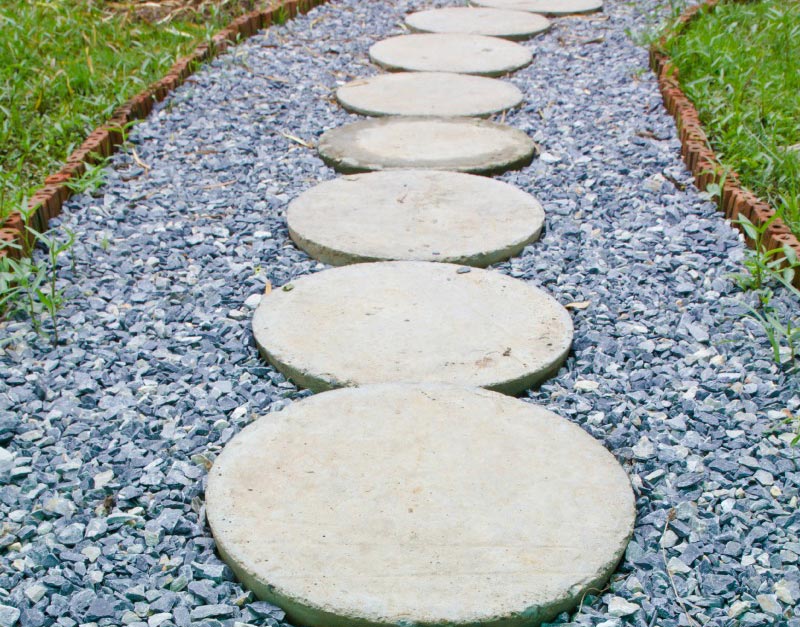

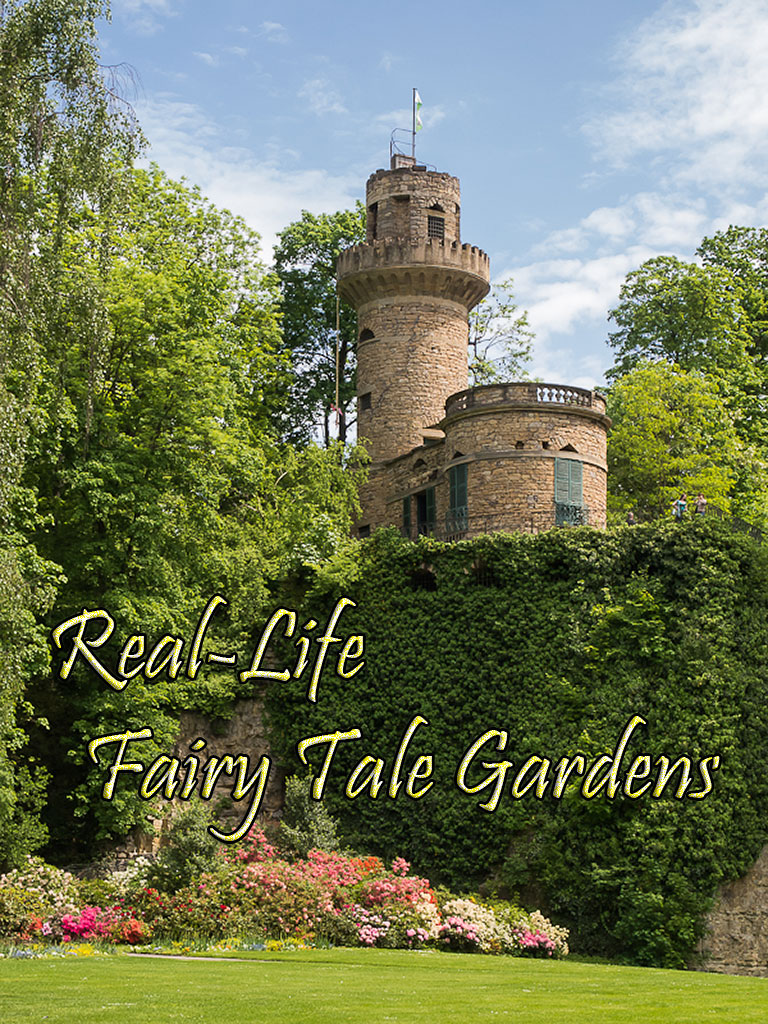

Leave a Reply